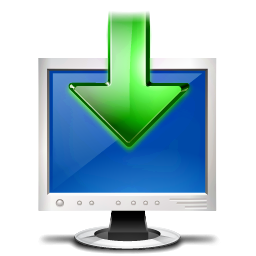|
SCSI & RAID Devices
SCSI, Small Computer System Interface, represents standards for physical connection of computers with peripherals for mutual data sharing. In most cases this interface is used for HDDs (internal and external) and tape drives, although might embrace a wide spectrum of devices. Moreover, the number of peripherals connected to a single controller might exceed 10 items. Still, their viability and appropriate operation greatly rely on drivers for SCSI & RAID devices.
SCSI usually runs in a multi-session mode. For instant, a corresponding drive is able to carry out several applications simultaneously, so that writing/reading operations of various files could ‘co-exist’ within a single interface environment.
With the purpose to enlarge storage capacity, a user is able to unite several drives into a single array – the so-called RAID (redundant array of independent disks). Currently, it’s probably the most tried-and-true way of enhancing PC storage and improving data transfer speed on writing/reading.
RAID not only concatenates multiple disks into a single logical unit recognizable by PC system as a whole, it also stripes each drive’s storage space into different bands. The latter are divided into sectors, the size of which might be from 512 bytes to several megabytes.
To proceed with detailing, storage arrays might be of different levels, depending on the striping mechanism. To configure their operation, it’s necessary to download drivers for SCSI & RAID devices. There are 7 most common RAID levels: 0, 1, 2, 3, 4, 5, 10.
RAID 0 evenly stripes the data across the united drives. This results in the increase of data throughput. Its major disadvantage is total data loss in case any of the disks fails. RAID 1 involves two drives only. It creates a deep copy of data from one disk to the other one. This process is called mirroring. Hence, in case one drive fails, the other will preserve all info.
RAID 2 works only with disks that do not feature a built-in error detection option, whereas RAID 3 presumes byte-level striping that requires a corresponding hardware support. RAID 4 stripes data at a block level across all united drives; herein, parity is stored on one drive. RAID 5 resembles level 4 but distributes parity among all items due to SCSI & RAID devices drivers. Finally, RAID 10 offers fast and crash-proof data stripping over all storage.
» SCSI & RAID Devices: Full list of devices
List of Manufacturers
|
|
